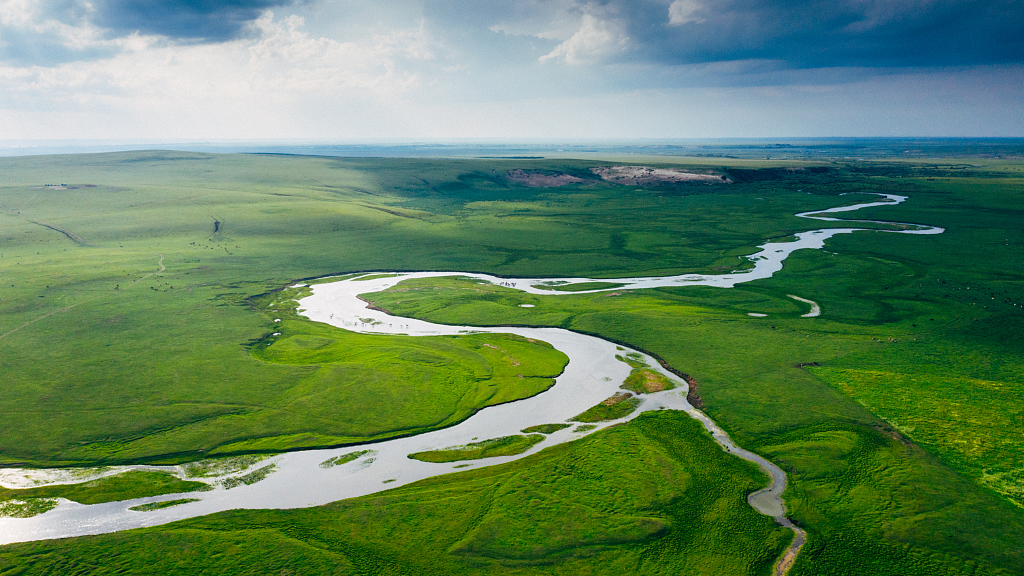
China has made solid strides in advancing the Beautiful China Initiative and building an ecological civilization that features harmonious coexistence between humanity and nature in persistent push for sustainable development.
Chinese President Xi Jinping called for advancing the Beautiful China Initiative at the opening session of the 20th National Congress of the Communist Party of China (CPC) in October last year, highlighting that respecting and protecting nature is essential for building China into a modern socialist country in all respects.
Ecological civilization is another concept promoted by President Xi to encourage balanced and sustainable development, which has become a fundamental principle for China's socioeconomic development.
At the 18th CPC National Congress in 2012, the development of ecological civilization was enshrined in the "five in one" overall layout of the cause of socialism with Chinese characteristics, and "Beautiful China" drive became the long-term goal in promoting the ecological civilization.
At the 19th National Congress five years later, "enhancing the awareness that lucid waters and lush mountains are invaluable assets" was written into the Party constitution for the first time, and the "battle against pollution" was listed as one of the three major battles in building a moderately prosperous society in all respects. The third plenary session of the first session of the 13th National People's Congress in 2018 adopted an amendment to the Constitution of the People's Republic of China, incorporating the concept of "ecological civilization."
When it comes to achievements, there are some stunning figures:
Carbon intensity, or carbon emissions per unit of GDP, has declined by 34.4 percent between 2012 and 2021. Similarly, coal usage was reduced to 56 percent of the national energy consumption in 2021, compared to 68.5 percent a decade before.
China has phased out over 30 million obsolete and heavy-emission vehicles and has become the world's biggest market for new-energy vehicles, in addition to the world's largest investor, producer and user of renewable energy.
On the legal front, the country's top legislature has drafted or revised roughly 30 environmental laws and regulations, some of which focus on water resource protection, including the Water Pollution Prevention and Control Law and the Yangtze River Protection Law.
In terms of global cooperation, China launched the Belt and Road green development partnership initiative, alongside 31 partners, to help developing countries improve their environmental governance.
The Kunming-Montreal Global Biodiversity Framework, adopted during the COP-15 conference in December last year, aims to reverse biodiversity loss and set the world on the path of recovery. The most significant part of the agreement is a commitment to designate 30 percent of Earth's land and sea areas as "protected" by 2030. So far, only 17 percent of terrestrial and 10 percent of marine areas are protected.
And the efforts shall persist. China has reaffirmed its goals of peaking carbon emissions by 2030 and reaching carbon neutrality by 2060. Globally, it is expected to transition from a learner and follower of traditional development patterns over the past 40 years to a leader of new development patterns, which is about seeking harmony between humanity and nature and never pursuing economic growth at the cost of the environment. That's the essence of the Chinese path to modernization.
(If you want to contribute and have specific expertise, please contact us at nature@cgtn.com.)